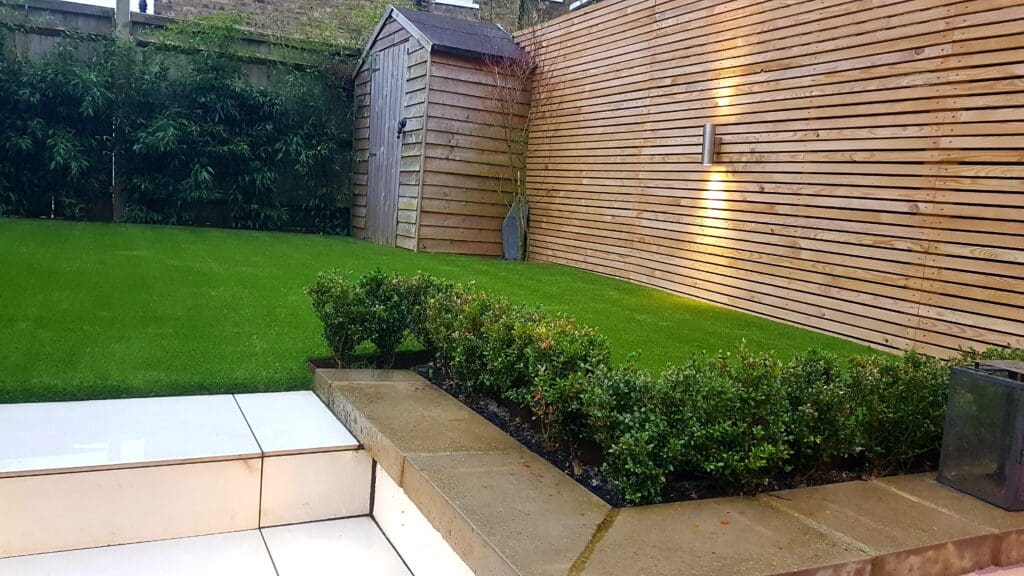Artificial grass has become a popular alternative to natural grass, but many people wonder about the environmental impact of this synthetic material. While artificial grass has some benefits, such as requiring less water and maintenance than natural grass, it also has several environmental drawbacks that are worth considering.
- Use of Non-Renewable Resources
Artificial grass is typically made from synthetic materials such as plastic, which are derived from non-renewable resources such as oil. This means that the production of artificial grass contributes to the depletion of these resources, which has negative environmental implications.
- Carbon Emissions
The production and transportation of artificial grass also contribute to carbon emissions, which contribute to climate change. Additionally, artificial grass may release chemicals into the air when it is installed or when it breaks down over time.
- Limited Recycling Options
When artificial grass reaches the end of its lifespan, it can be difficult to recycle. Most artificial grass is made from a combination of materials, including plastic and rubber, which are not easily recyclable. This means that most artificial grass ends up in landfills, where it may take centuries to break down.
- Heat Island Effect
Artificial grass can also contribute to the “heat island” effect in urban areas, where surfaces such as concrete and asphalt absorb and radiate heat, causing local temperatures to rise. Artificial grass can contribute to this effect by reflecting heat and trapping air, making it hotter in surrounding areas.
- Potential Health Risks
Some artificial grass is made with chemicals that may pose health risks to people and pets. For example, some types of artificial grass contain lead, which can cause health problems when it is ingested or inhaled.
While artificial grass has some benefits, it is important to consider the environmental impact of this material before making a decision to install it. If you are considering artificial grass, there are steps you can take to minimize its environmental impact, such as choosing a product made from recycled materials or choosing a product with a lower carbon footprint. Ultimately, the best way to minimize the environmental impact of your lawn is to choose natural grass or alternative ground covers that are native to your region and require minimal water and maintenance.




